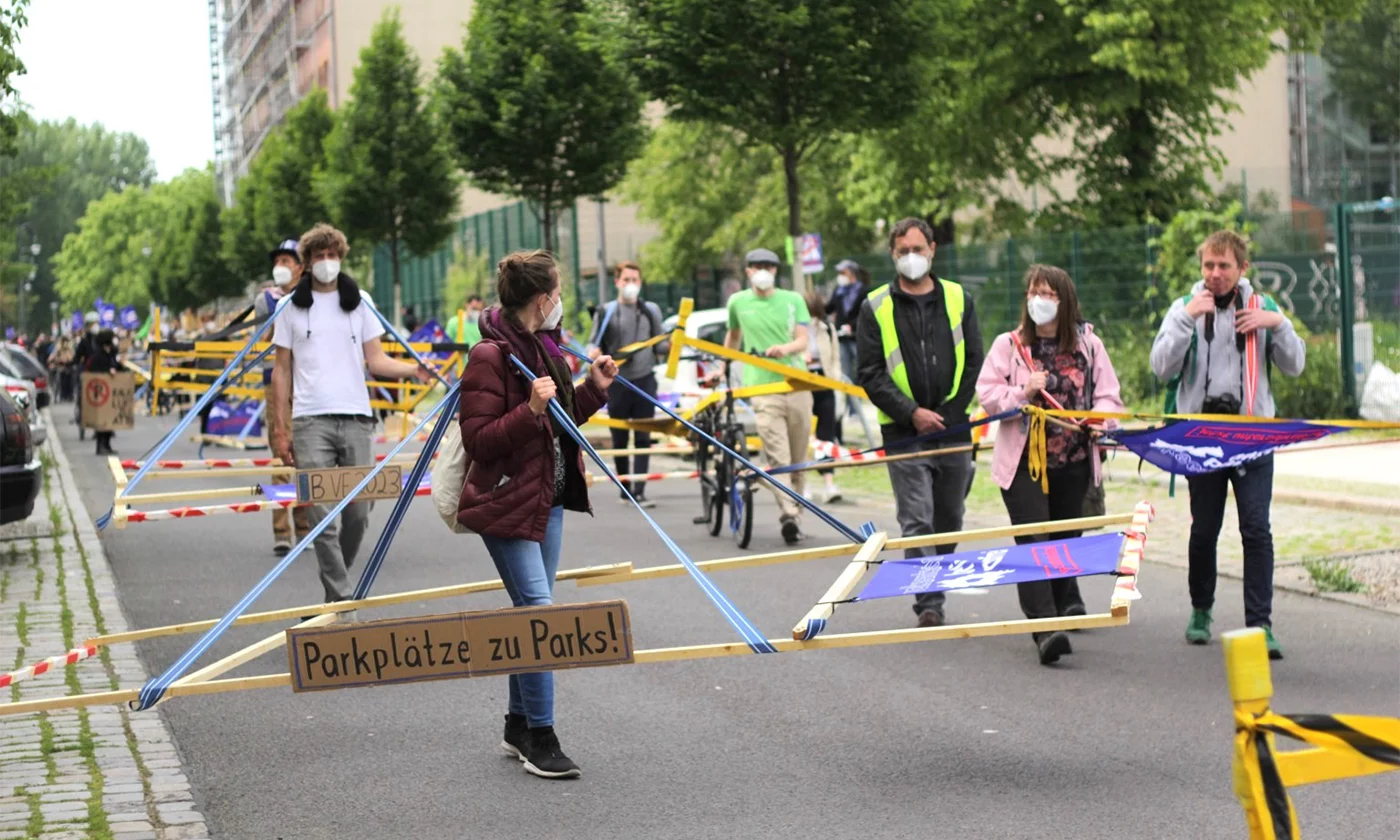
Globally, women use public transportation at higher rates than men, whereas men are more likely to use a private car as their primary mode of transportation. Regardless of the vehicle, men and women also travel differently in a spatial context. On any given day, men commonly travel one longer distance, from point A to B, whereas women often have multiple destinations that are collectively shorter in distance.
The citizens of Berlin, Germany, are not an exception to these gendered mobility patterns, but this could change following a grassroots organization’s push to eliminate non-commercial cars from Berlin’s inner city area. While the movement began as a way to mitigate unnecessary accidents and deaths caused by car travel, the Berlin Autofrei referendum envisions a future that is more livable in other aspects: better health, a greener city, greater travel equity, and more.
Whether Berlin Autofrei’s provisions are written into law or not, their crusade begs city-dwellers to reconsider how their mode of transportation can impact day-to-day life. In the pursuit to maximize safety, efficiency, and environmentalism, the women of Berlin may be best suited to answer the question: How can we make public transportation better? Their solutions may provide 21st century cities a stronger chance to survive and thrive in the face of a looming climate crisis.





